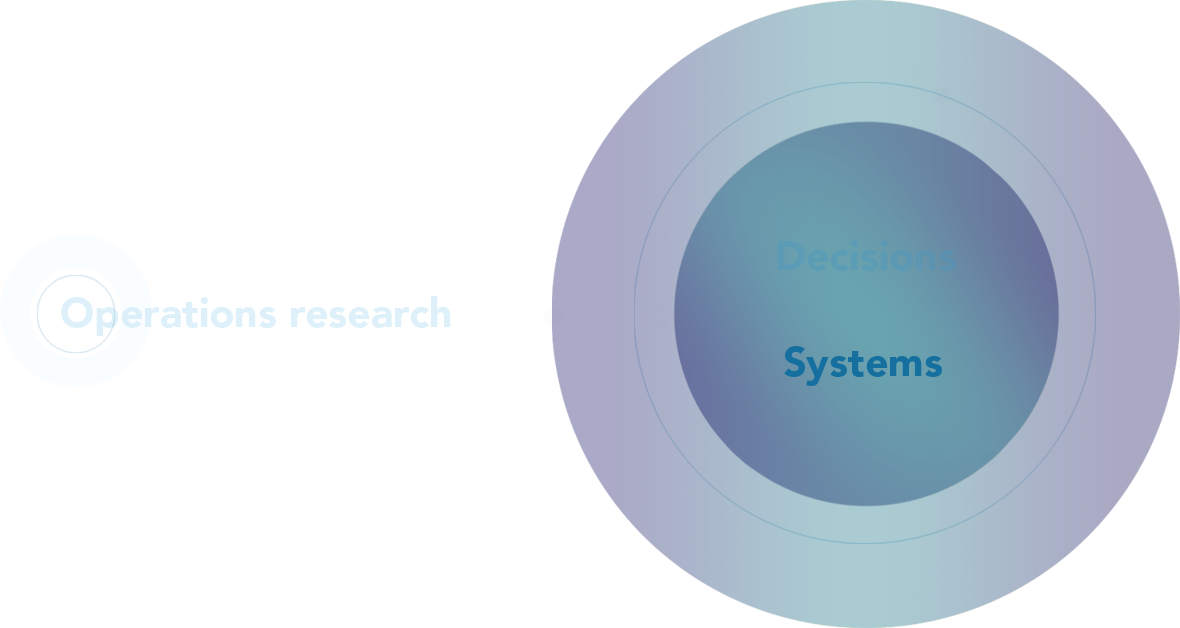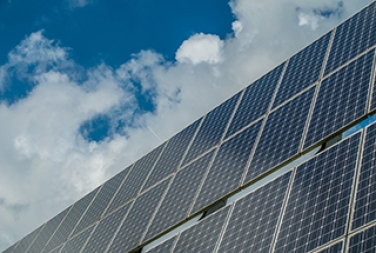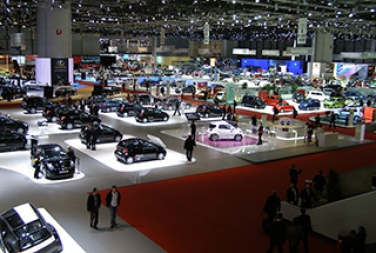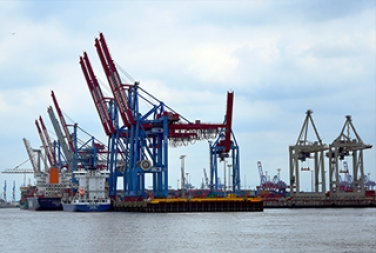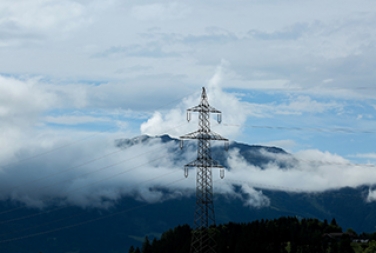Publication
Dans Operations Research Letters.
F. Babonneau, A. Haurie, M. Vielle, Reaching Paris Agreement goal through carbon dioxide removal development: A compact OR model. Operations Research Letters, voir sur Science Direct
Dans cette récente publication nous avons proposé un modèle de croissance économique à long terme pour trois régions du monde formant des coalitions lors des négociations climatiques: l'OCDE, les pays émergents BRIC et le reste du monde en développement ROW.
Atelier sur les jeux dynamiques et applications
27-28 octobre 2022
Alain Haurie était conférencier invité à cet atelier. Sa présentation étaint intitulée : Variations on an oil and gas game model in a geostrategic climate policy context
Publication
Dans Energies
S. Aliakbarisani, F. Babonneau, O. Bahn, E. Delage and A. Mashat. Energy Transition Pathways for Deep Decarbonization of the Greater Montreal Region: An Energy Optimization Framework, Energies, 15(10):3760 2022. voir sur mdpi
More than half of the world’s population live in cities, and by 2050, it is expected that this proportion will reach almost 68%. These densely populated cities consume more than 75% of the world’s primary energy and are responsible for the emission of around 70% of anthropogenic carbon. Providing sustainable energy for the growing demand in cities requires multifaceted planning approach. In this study, we modeled the energy system of the Greater Montreal region to evaluate the impact of different environmental mitigation policies on the energy system of this region over a long-term period (2020–2050). In doing so, we have used the open-source optimization-based model called the Energy–Technology–Environment Model (ETEM). The ETEM is a long-term bottom–up energy model that provides insight into the best options for cities to procure energy, and satisfies useful demands while reducing carbon dioxide (CO2) emissions. Results show that, under a deep decarbonization scenario, the transportation, commercial, and residential sectors will contribute to emission reduction by 6.9, 1.6, and 1 million ton CO2-eq in 2050, respectively, compared with their 2020 levels. This is mainly achieved by (i) replacing fossil fuel cars with electric-based vehicles in private and public transportation sectors; (ii) replacing fossil fuel furnaces with electric heat pumps to satisfy heating demand in buildings; and (iii) improving the efficiency of buildings by isolating walls and roofs.
Une nouvelle publication dans climatic change.
Economic Assessment of the Development of CO2 Direct Reduction Technologies in Long-term Climate Strategies of the Gulf Countries
L'équipe d'ORDECSYS a contribué à la publication de cet article dans la revue climatic change.
Cet article évalue le role possible des technologies de capture directe du CO2 dans l'atmosphère dans le cadre d'une politique mondiale de réduction des émissions de GES, avec une attention particulière sur l'impact économique pour les pays du Golfe.
ENMO Publication
An Oligopoly Game of CDR Strategy Deployment in a Steady-State Net-Zero Emission Climate Regime
In this paper, we propose a simple oligopoly game model to represent the interactions between coalitions of countries in deploying carbon dioxide removal (CDR) strategies in a steady-state net-zero emission climate regime that could take place by the end of the twenty-first century. [more]
Nouveau Site Internet
La société Ordecsys est heureuse de publier son nouveau site Internet développé par la société Induxia.
DGAA publication
Coupling a Power Dispatch Model with a Wardrop or Mean-Field-Game Equilibrium Model
In this paper, we propose an approach for coupling a power network dispatch model, which is part of a long-term multi-energy model, with Wardrop or Mean-Field-Game (MFG) equilibrium models that represent the demand response of a large population of small “prosumers” connected at the various nodes of the electricity network... [more]
Systems Approach to Regional Energy Modeling
A Systems Approach to Regional Energy Modeling with Smart Grid Integrated Distributed Energy Resources
We are pleased to inform you that our paper “A systems approach to regional energy Modeling with smart grid integrated distributed energy resources” has appeared in IAEE Energy Forum, second quarter link 2016, pp. 15-18.
Vers l'autonomie énergétique des ZNI
Synthèse et analyse comparative des îles de la Réunion, Guadeloupe et Martinique
Les résultats de l'étude 100% renouvelable la Réunion, Guadeloupe et Martinique réalisée par Ordecsys, Artelia et Enerdata est maintenant disponible.
Publication
L'article "From COP21 Pledges to a Fair 2oC Pathway" paraîtra bientôt dans la revue Economics of Energy and Environmental Policy
L'article "From COP21 Pledges to a Fair 2oC Pathway", écrit par Fréédéric Babonneau, Alain Haurie et Marc Vielle, paraîtra bientôt dans la revue Economics of Energy and Environmental Policy.
